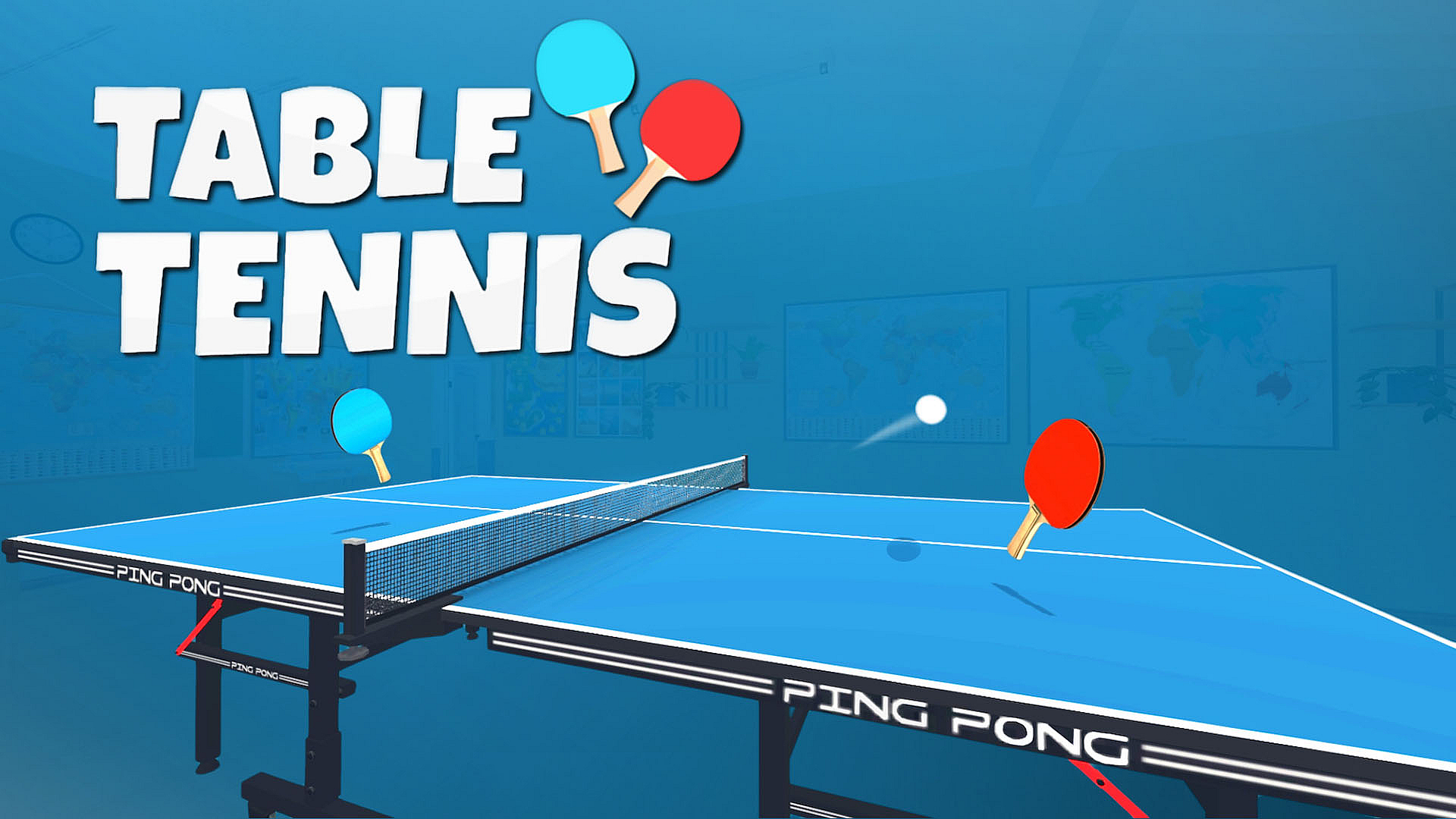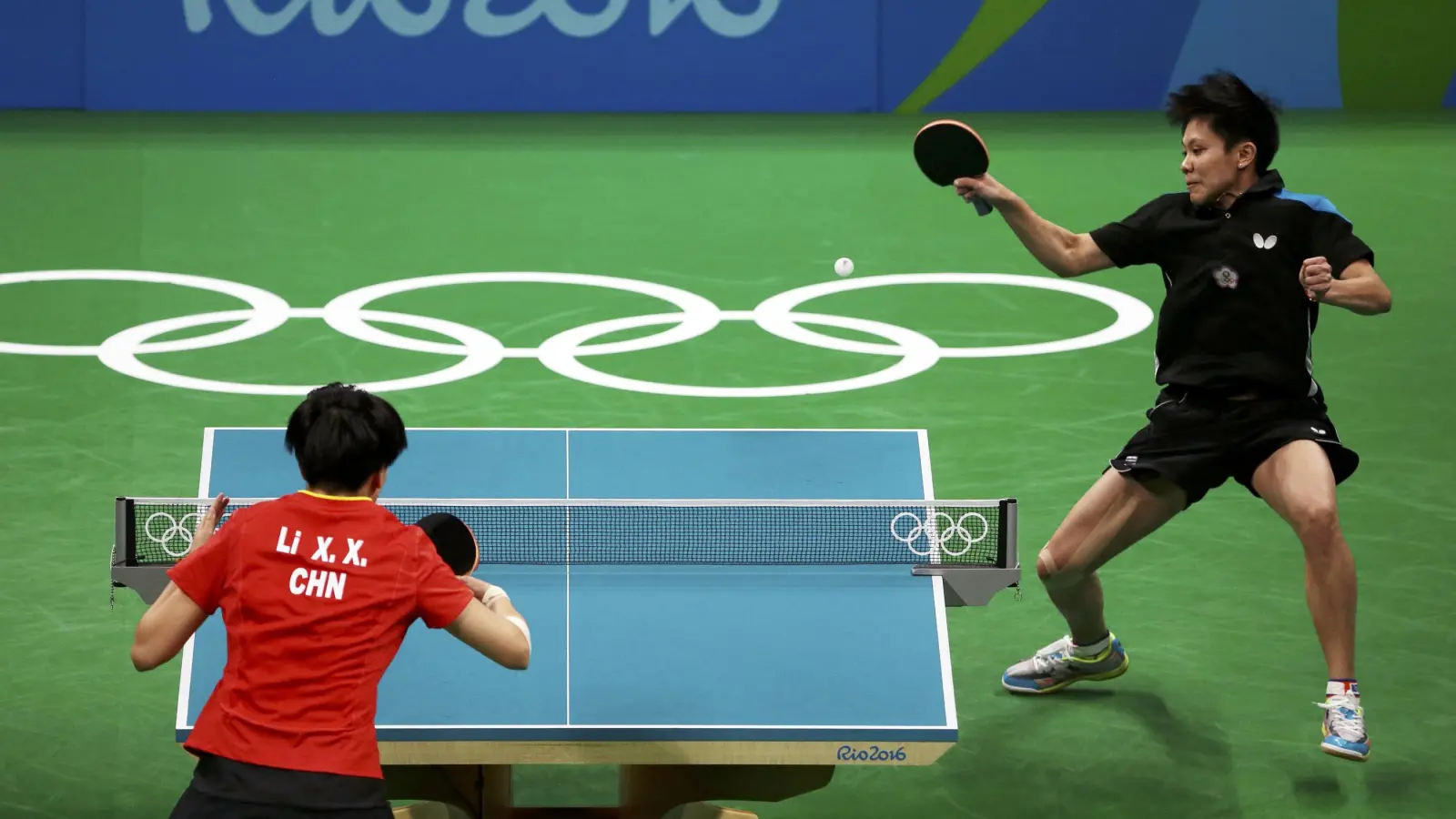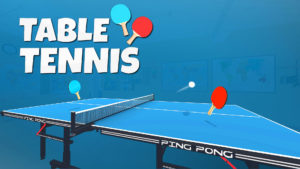Image source: Istockphoto
In table tennis or ping pong, two or four players use a small bat to strike a light plastic ball back and forth. A net divides a rectangular table into two halves for this game. For all ages and abilities, it may be played as a competitive game or as a fun leisure pastime.
Fast-paced, competitive table tennis needs excellent hand-eye coordination and rapid reactions. One of the most popular sports nowadays is table tennis! To begin playing table tennis, all you need is a few minutes for learning and understanding. Amazingly, sports betting is available for this sport.
Please continue reading if you’d like to learn more about this interesting and popular game. If you’ve never played table tennis before, this article will provide you with a basic overview of the sport and its rules.
The goal of the standard play is to return the ball to your opponent’s side of the table, allowing it to bounce once before striking the ball with your racket. If your opponent fails to return the ball to your side of the table, you get a point.
Table tennis may be played as a single or a doubles game, with each player taking turns striking shots at the ball.
The Origin of Table Tennis
The precise origin of table tennis is unknown. However, it was likely created in Victorian England in the nineteenth century. It was an indoor version of the popular game of lawn tennis played by the upper classes of England on their dining tables for fun.
Table tennis changed into what it is today in 1926 when the International Table Tennis Federation (ITTF) was founded and the first official table tennis world championship was held. In 1988, table tennis was included in the Olympic Games.
Terminologies in Table Tennis
Discovering a new sport might be intimidating, particularly when there are several unfamiliar terms. Fortunately, table tennis is a rather straightforward sport, so you just need to learn a few new terms:
- Forehand: a stroke performed on the dominant side with the elbow pointed away from the opponent.
- Backhand: A stroke done from the non-dominant side, with the forearm perpendicular to the opponent and the elbow facing outward.
- A rally is a string of consecutively successful shots made by one or two players on each side of the table.
- Let: Used when the ball strikes the net and rolls onto the receiving side of the table during the service, or when a point is stopped and halted during a rally.
- Point: Obtained if a player fails to successfully return the ball during a rally.
The Basic Rules of Table Tennis
- The table tennis rules are simple and uncomplicated. Any number of games may be played in a table tennis match, but the standard is five. The winner is the first participant to reach 11 points. If the score is 10:10, play continues until one player achieves a two-point lead.
- When it comes to a player’s service, there are some rules you should be familiar with. To begin, your palms should be flat on the ball. You must serve the ball at least as high as the net while doing so. You may hit the ball with either your forehand or your backhand as it is falling. The ball must first strike your side of the table, then your opponent’s.
- Unless you’re playing doubles, when you must serve diagonally, you may serve from or to any section of the table you choose. If you fail to hit the ball such that it bounces once on your opponent’s side on a serve, smash it in the net, or touch the table with your hands, you will lose points.
Is Table Tennis a Difficult Sport to Play?
Table tennis is a sport that is easy to learn and play. It is fairly simple to learn the basic rules and movements, but it takes a great deal of practice to improve your form. This is what makes table tennis so challenging when playing against more skilled opponents!
Table tennis requires fast reactions while defending against an opponent’s aggressive strokes. Typically, you have very little time to respond, since the average distance between players is around 3 meters. That is when the tactical element of the game comes into play, positioning yourself where you anticipate the opponent will strike the ball.
You’ll notice a lot more spin on the ball while playing against better players. Without much practice and instruction, it may be quite difficult to read and comprehend this spin.
If you want to play a casual game with a friend in your yard, it is a sport that is easy, peaceful, and entertaining.









